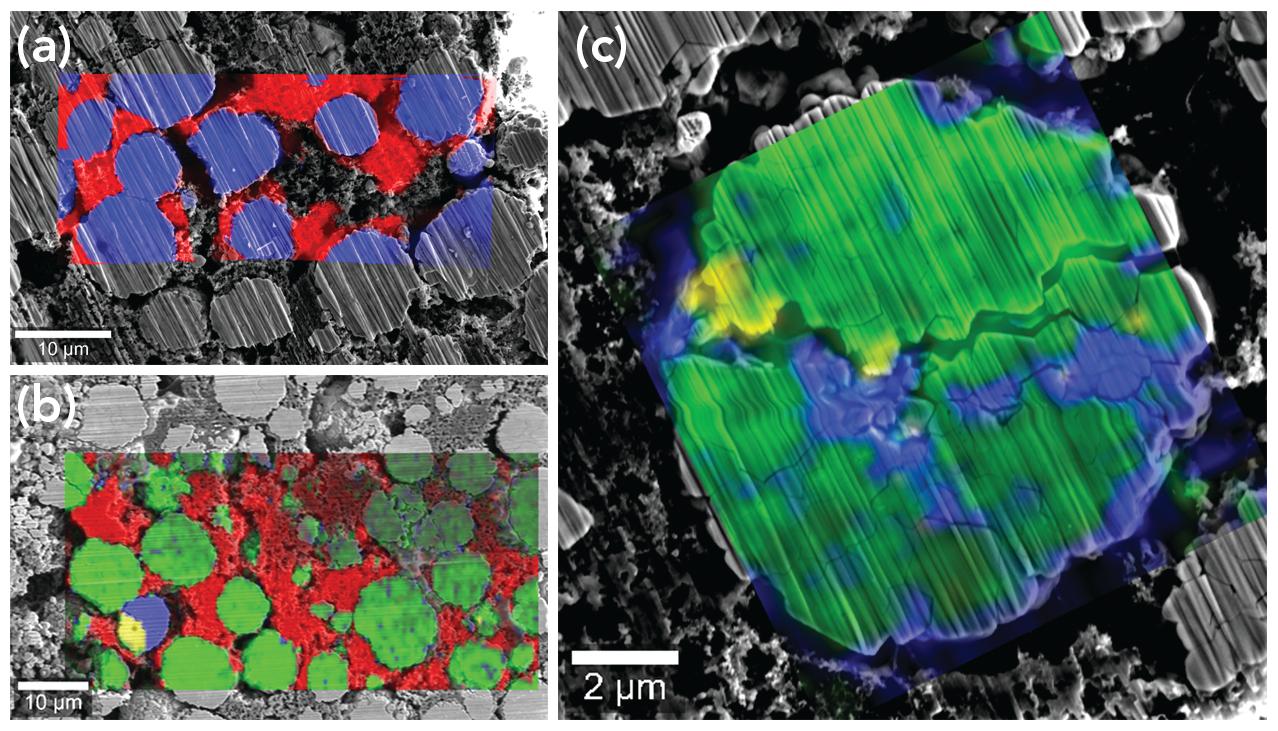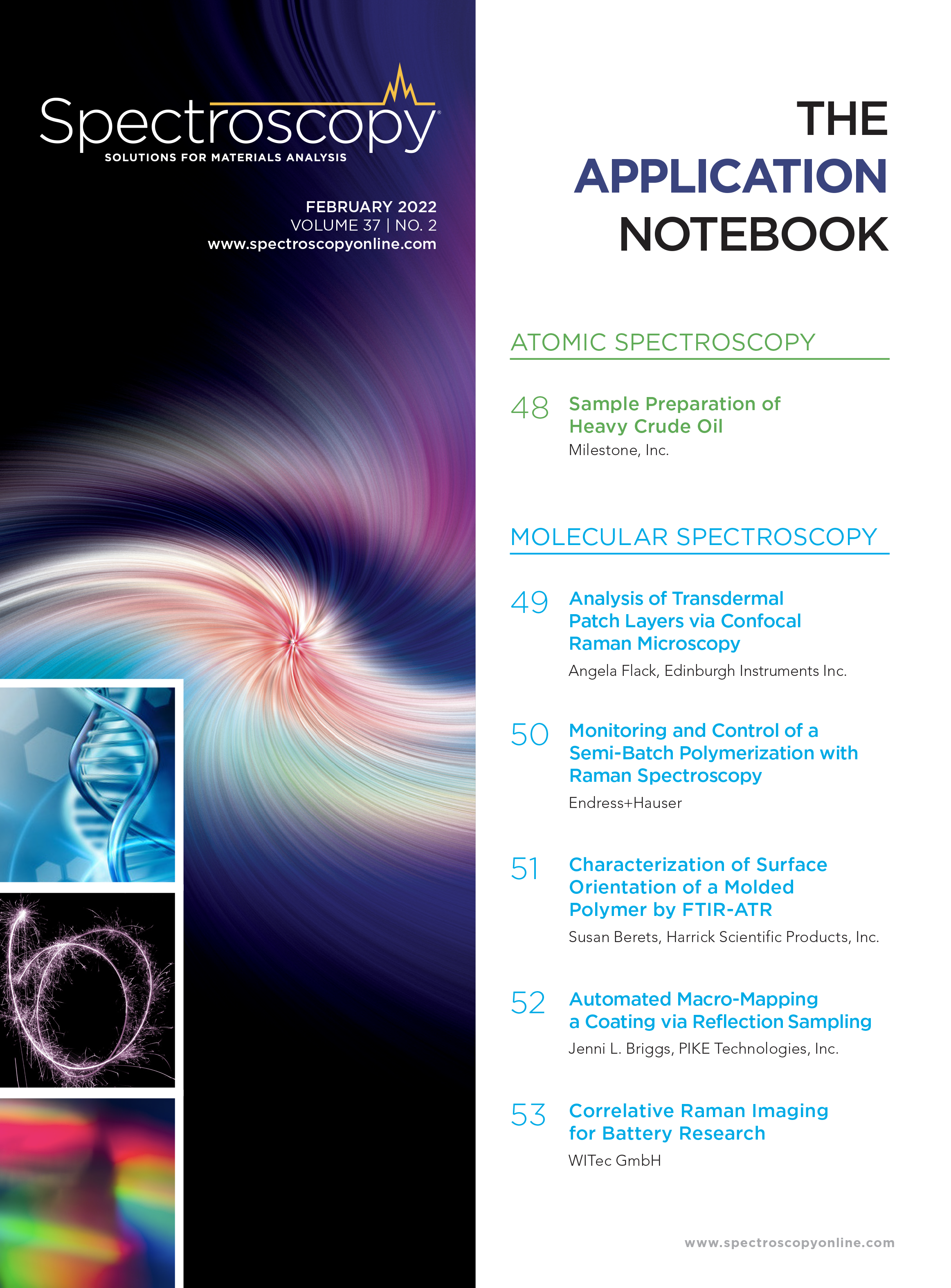Correlative Raman Imaging for Battery Research
This application note describes a correlative Raman–scanning electron microscope (SEM) investigation of a lithium-ion battery cathode before and after hundreds of charge cycles. The technique provides an exceptionally detailed chemical and structural analysis of degradation processes on the nanoscale.
Lithium-ion battery technology is the key enabler of the current revolution in transportation and energy. Improving the performance of Li-ion cells is among the highest priorities in contemporary research and a detailed understanding of how charging cycles affect their electrodes is crucial. In the following, we use correlative Raman imaging and scanning electron (RISE) microscopy to visualize changes in molecular composition and the formation of grain fractures.
Experimental Conditions
The investigated lithium nickel manganese cobalt oxide (Li-NMC) cell was subjected to 400 charge cycles, leading to a 40% loss of capacity. Changes in performance are often a result of inhomogeneous degradation in battery electrodes. Local deterioration of microstructure in a Li-NMC battery electrode subjected to fast charging and long-term cycling was studied using a WITec/Tescan RISE microscopy system. This instrument allows samples to be automatically transferred from one measuring position to the other within a common vacuum chamber, enabling the correlation of Raman and SEM data, streamlining the experimental workflow and drastically improving ease of use. Cross sections were created for imaging with the integrated focused ion beam.
Imaging Results
Figure 1: RISE analysis of the cathode of a fast-cycled Li-NMC battery (Sample courtesy of Dean Miller [Tescan USA])

Cross section of an uncycled cathode (a). Particles embedded in amorphous carbon (red) contain uniformly distributed lithium nickel cobalt manganese oxide (blue). Cross section of a cycled and rapidly charged cathode (b). Compared to the uncycled cathode, the particles appear inhomogeneous. Changes in peak positions and peak width indicate variance of Li-NMC composition. One particle (bottom left) shows a completely different composition, including a spectrum (blue) identical to the Li-NMC spectrum of the uncycled electrode. RISE image of a particle of a cycled cathode that reveals changes in Li-NMC composition and substantial structural degradation (c).
Conclusion
In the RISE image of the uncycled cathode (a) its particles appear to consist of uniform lithium nickel cobalt manganese oxide. Rapid cycling induced significant changes in lithiation of the particles as indicated by changes in the Raman spectra (green) (b). The Raman data reveals local variations even at the single-particle level. In b, one particle is characterized by two spectra, one of which corresponds to the Li-NMC spectrum of the native electrode, indicating that this particle might not have participated in the cycling process. Lorentzian fitting of the spectral peak positions of another particle also shows a high level of inhomogeneity and degradation in the form of cracks (c).
WITec GmbH
Lise-Meitner-Str. 6 89081 Ulm, Germany
Tel. +49 (0) 731 140 700, fax +49 (0) 731 140 70 200
www.witec.de


Hole Extraction in Perovskite Solar Cells
December 16th 2024Efficient charge extraction is crucial for high-efficiency solar cells. Electron and hole extraction layers optimize cell performance. PL spectroscopy, proportional to carrier number, is ideal for comparing extraction layer efficiency.